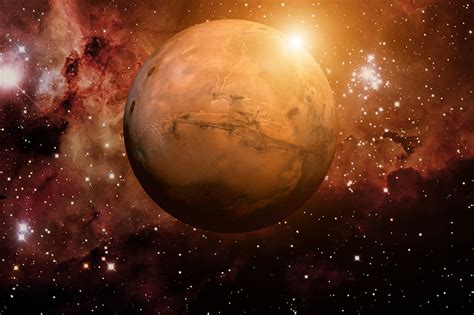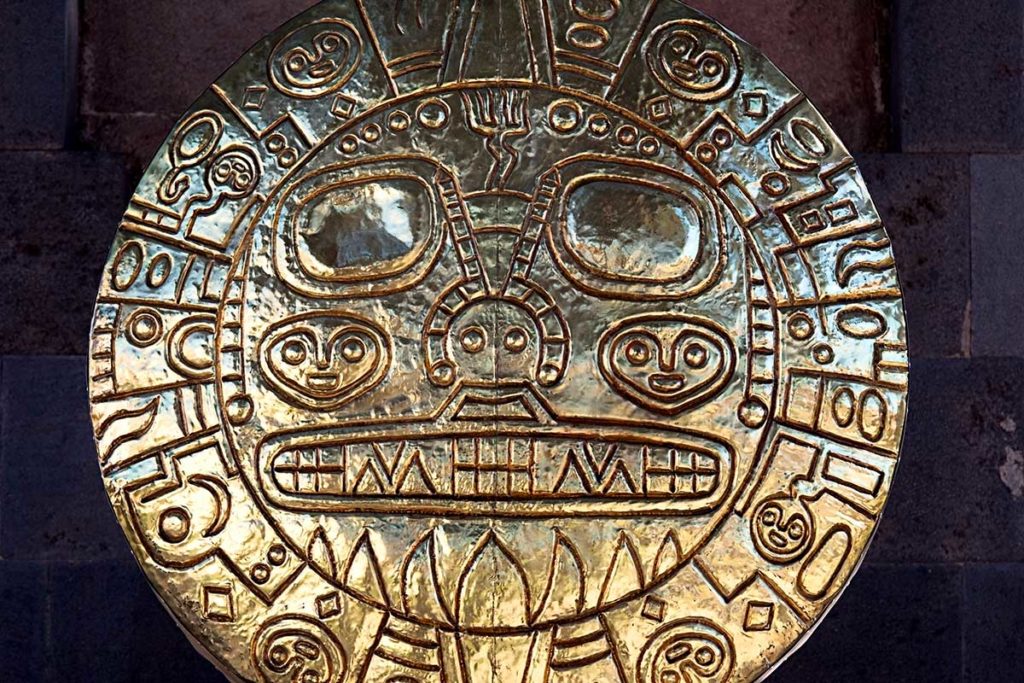Space Sciences, Biology, Archeology
Source : ScienceDirect
Date : Nov 2019

Fossil hunters have been digging up remains of extinct species on Earth for centuries. Now the work is about to begin on Mars. Using hyper-spectral imaging spectroscopy from the surface of a Mars crater (Jezero crater) where a paleolake has been identified, a team of scientists reached the conclusion that the carbonate signal they detected may indicate the presence of microscopic bio-signatures like the ones from stromatolites (fossils of cyanobacteria, single cell microbe). This finding may confirm the possibility for some primitive life activity on Mars four billion years ago. The next space mission to Mars (Mars Rover 2020) will land in this crater to confirm (or not) this detection in February 2021.
Read More : ScienceDirect
Read on stromatolites : Wikipedia
See More : NASA/JPL

